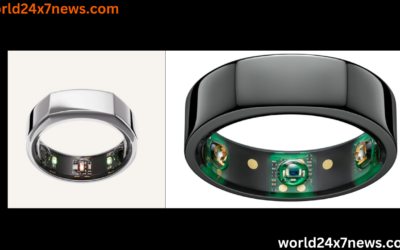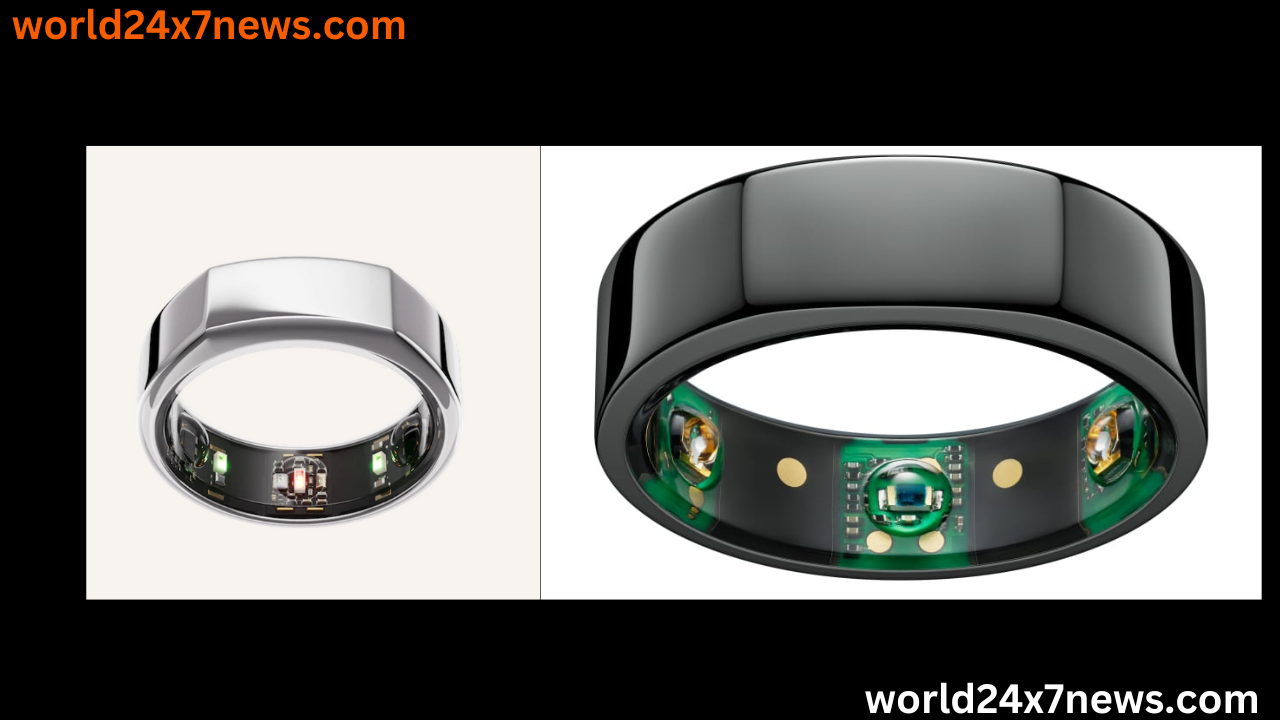Wireless Digital Bridge: Paralyzed patient can walk by thinking
Brain- Spinal Cord Connection Device ‘Wireless Digital Bridge’
Scientist in Switzerland creates brain- spinal cord connection device, turns thoughts into action. Paralyzed patients will now be able to walk only by thinking. They will be able to do any important work. In fact, scientists have created a device that connects the brain to the spinal cord and converts thoughts into action. It has been named ‘Wireless Digital Bridge‘. Device made with the help of brain- computer interface technology. Brain- Computer Interface (BCI) technology converts the brain’s thought into action.
Don’t miss: How AI Keep People Stay With Us After Death
It Is Like Touch Screen
The team of Swiss Federal Institute of Technology, Lausanne, Switzerland has prepared this interface bridge. It reconnects the connection between the broken spine and the brain. This electric switch works like a touch screen, in which action takes place as soon as the signal is received.
Brain And Spinal Cord Interface
This Brain-computer interface involves two electronic implants. One in the brain and another in the spinal cord The brain implant is carefully positioned to decode the electrical signals produced when the patient thinks about walking. This wireless digital bridge that restored communication between the man’s brain and spinal cord. Similarly, the spinal cord implant targets the region responsible for controlling leg movements so together, they’re able to repair the broken connection between the brain and the spinal cord, and converts thoughts into action.
In fact, when the connection between the brain and the spine breaks, any organ can become paralyzed. It is difficult to reconnect naturally, but now this discovery will help them to do their jobs.
40 year old men could stand on his feetGert Jan Oscum the first recipient of this innovative treatment. He is learning to stand on his feet and walk with the help of a walker. He said that he can walk up to 100 meters comfortably. It has been prepared by EPFL, a public research university in Switzerland. This digital bridge is a brain- spine interface, which works to restore the lost connection between the brain and the spinal cord. In simple words, this 'wireless digital bridge' device helps in controlling the movement of the paralyzed limb. With its help, 40- year old Gert- Jan Oscum was able to stand on his feet and walk with the help of a walker. Men Paralyzed 12 years ago, now shifting legs by thinking Jan was paralyzed after a road accident in China. In 2011, Gert Jan Oscum of the Netherlands had an accident. During that time he lived in China. He was paralyzed after the accident. His legs had stopped working. He could neither walk nor stand. Now through a digital implant, he can do the work of shifting his legs with his mind.
Neuroscience at ESPL, explained, ‘We used brain- computer interface (BCI) technology to create a wireless interface between the brain and spinal cord. This technique turns the mind’s thought into action.
He also told, ‘To walk, the brain sends commands to the spinal cord, but if the spinal cord is injured, this connection is broken. The ‘Wireless Digital Bridge’ device works to reconnect this connection.
Availability Of ‘Wireless Digital Bridge’
The device will be available for paralyzed patients in a few years, according to neurosurgeon and professor Jocelyn Bloch, who performed Gert Jan’s implant surgery, said – this device is still in the research stage and it will take a few years for it to be available for paralyzed patients. may seem At the same time, apart from feet, this device can also be used for hands in the future.
Then he said- There can be different reasons for the body being paralyzed. These devices can currently only work on people who are paralyzed due to spinal cord injury. In the future, there is a plan to develop it for stroke paralysis.
At The End
This breakthrough not only offers hope to paralyzed individuals but also holds promise for the restoration of arm and hand functions in the future. CEA and EPFL has received support from the European Commission trough its European Innovation Council (EIC) to develop a commercial version of the digital bridge, with the goal of making the technology available worldwide.
Researchers validated this digital bridge in a single individual, they believed it would likely benefit a wide range of individuals with severe paralysis due to injury at other spinal locations due to the following three observations.
















